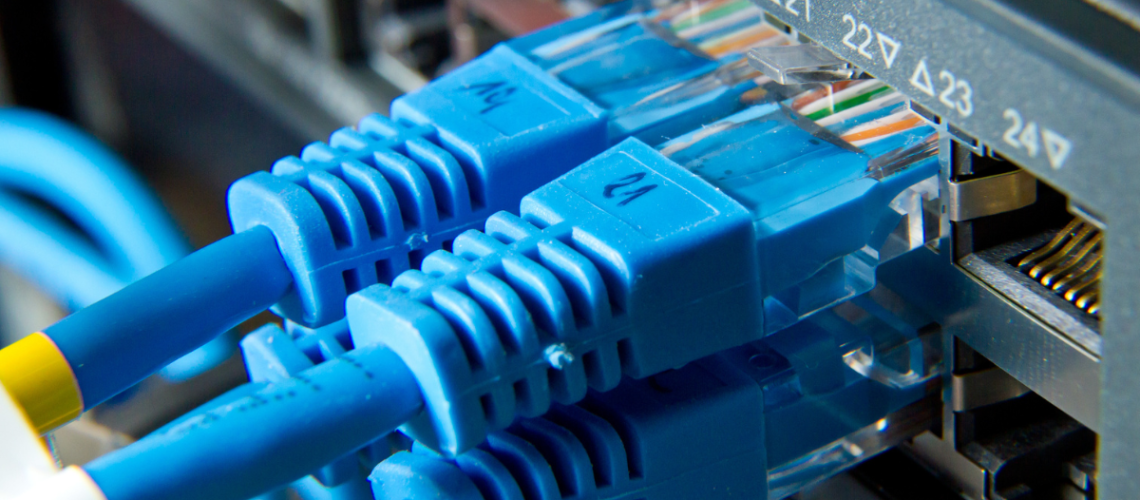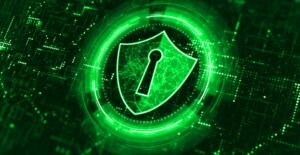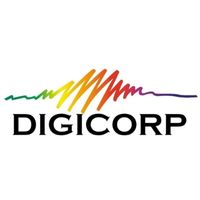Our organizational facilities change, as do our technology infrastructures. Very little remains the same forever. A question often asked by our customers during a period of facility upgrades is, “Can we keep using our old wiring?” Our answer – maybe? Of course, this is not helpful. So, let’s talk about things that affect whether you should upgrade your copper or fiber.
- Will construction require cabling removal?
- Is your current network throughput adequate?
- Are you upgrading your network equipment or your organizational applications?
- Is your current wiring/fiber obsolete?
Why You Should Update Your Copper and Fiber
The biggest issue driving wiring and fiber improvements is that applications demand faster network speeds. Much of the copper in place today is limited to sub-100 MB performance; today, our applications require much greater throughput.
Some additional concerns involve the throughput constraints present between wiring frames, network data centers, and head ends. Many of these paths are built with old twisted copper or multimode optical fiber. For example, older 62.5 μM OM1 optical fiber only supports 1 GB throughput and, given high attenuation on this media, runs considerably slower. In today’s world of carrier speeds over 10 Gb, our slowest link may now exist on our internal network!
Differences Between Copper Wire and Fiber Optic Networks
Fiber Optic Cables
A fiber optic cable is made up of ultra-thin glass fibers bundled together to form a single wire. These cables are typically used for long-distance transmission and high-performance data networking (Difference Between Twisted Pair Cable and Optical Fiber Cable – GeeksforGeeks, 2022)
Fiber optic cables can be separated into two types:
- Single Mode Fiber
- Multi-Mode Fiber
| Type | 1 Gbps | 10 Gbps | 40 Gbps | 100 Gbps | |
| OM1 | MultiMode | 275 Meters | |||
| OM2 | MultiMode | 550 Meters | |||
| OM3 | MultiMode | 550 Meters | 300 Meters | 100 Meters | 100 Meters |
| OM4 | MultiMode | 550 Meters | 400 Meters | 150 Meters | 150 Meters |
| OM5 | MultiMode | 550 Meters | 300 Meters | 400 Meters | 400 Meters |

Twisted Copper Cables
A twisted-pair cable, otherwise known as an Ethernet cable, consists of eight copper wires paired into groups of two and twisted together. These cables are typically used in data networks and wire shielding, and are the cheapest cables available to use in a Local Area Network (LAN) (Difference Between Twisted Pair Cable and Optical Fiber Cable – GeeksforGeeks, 2022)
These cables can be broken up into two different types:
- Unshielded twisted pair (UTP)
- Shielded twisted pair (STP)
UTP Cabling Standards:
- Cat1, Cat2, Cat3, Cat4, Cat5, Cat5e, Cat6, Cat6a, and Cat7
| Mbps | Distance | |
| Cat 5 | 100 Mbps | 100 Meters |
| Cat 5E | 1000 Mbps | 100 Meters |
| Cat 6/6E | 10/100/1000 Mbps and 10 Gbps | 100 Meters |
| Cat 7 | 10/100/1000 Mbps and 10 Gbps | 100+ Meters |

With applications such as Teams, Zoom, video surveillance and cloud dependencies for our email and file services, our networks are more bogged down than ever. Premise copper and fiber, so long an afterthought, will create a higher quality user and customer experience.
As an IT and telecommunications firm founded in 1976, Digicorp has helped thousands of customers build the networks that drive their organizations. If you are seeking information on how you can better support your users and customers, please fill out the form below. We would love to be of assistance.





